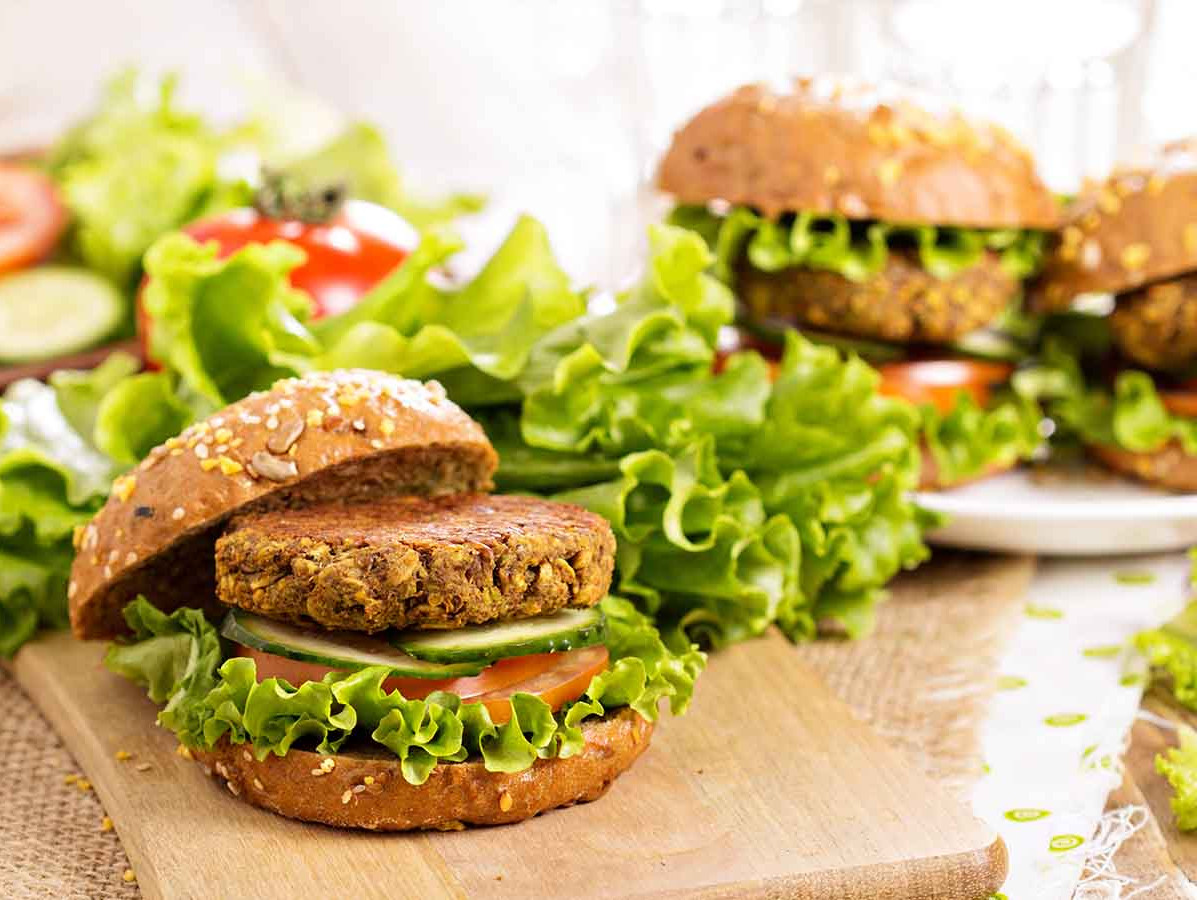
How do you bring a food product to the market that tantalizes the taste buds while also being sustainable, healthy, and affordable? Experts from Wageningen offer an answer with an innovative approach: reverse design.
This technique, initiated by Wageningen University & Research, first looks at the intended final product and then works its way back to the design. In this way, every link in the food chain is examined, from raw materials to the consumer. "Current consumer behavior calls for this holistic approach. People are making more conscious choices, paying greater attention to climate impact and health," explains project leader Hasmik Hayrapetyan.
Miriam Quataert, the project manager, highlights the importance of this method using a construction metaphor. If an architect designs a house without considering the technical and safety aspects, issues arise during construction. The result: higher costs and a less aesthetically pleasing end product. "With reverse design, we avoid such scenarios in the food industry," states Quataert.
The team developed a plant-based burger, taking into account all relevant criteria. They brought together experts from various disciplines such as nutrition, economics, and safety. The outcome: an evaluation platform based on six core criteria - from environmental impact to consumer desires. These criteria are supported by databases and models, tools that quantify and compare ingredients based on various factors, such as CO₂ emissions or nutritional value. "A producer can thus decide which ingredient best aligns with their objectives," Hayrapetyan elucidates.
To understand consumer preferences, the team conducted a survey. Intriguingly, it emerged that consumers valued more familiar ingredients higher in terms of health and safety. "This underscores the importance of educating about new, sustainable ingredients," notes Hayrapetyan. Collaboration with the industry proved pivotal. Quataert emphasizes, "Their feedback refines our platform, while we provide them insights about potential ingredients like quinoa protein."
Although the platform was tested using a plant-based burger, it is versatile. "Whether it's about a new beverage or refining an existing product, our methodology delivers," assures Hayrapetyan. Quataert concludes, "This platform is continually evolving, with room for expansion and refinement. But the real treasure lies in the collaboration between science and industry. Together, we build towards a sustainable food future."
Source: Wageningen University & Research